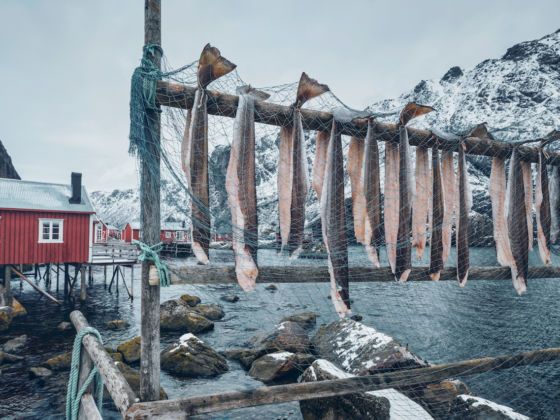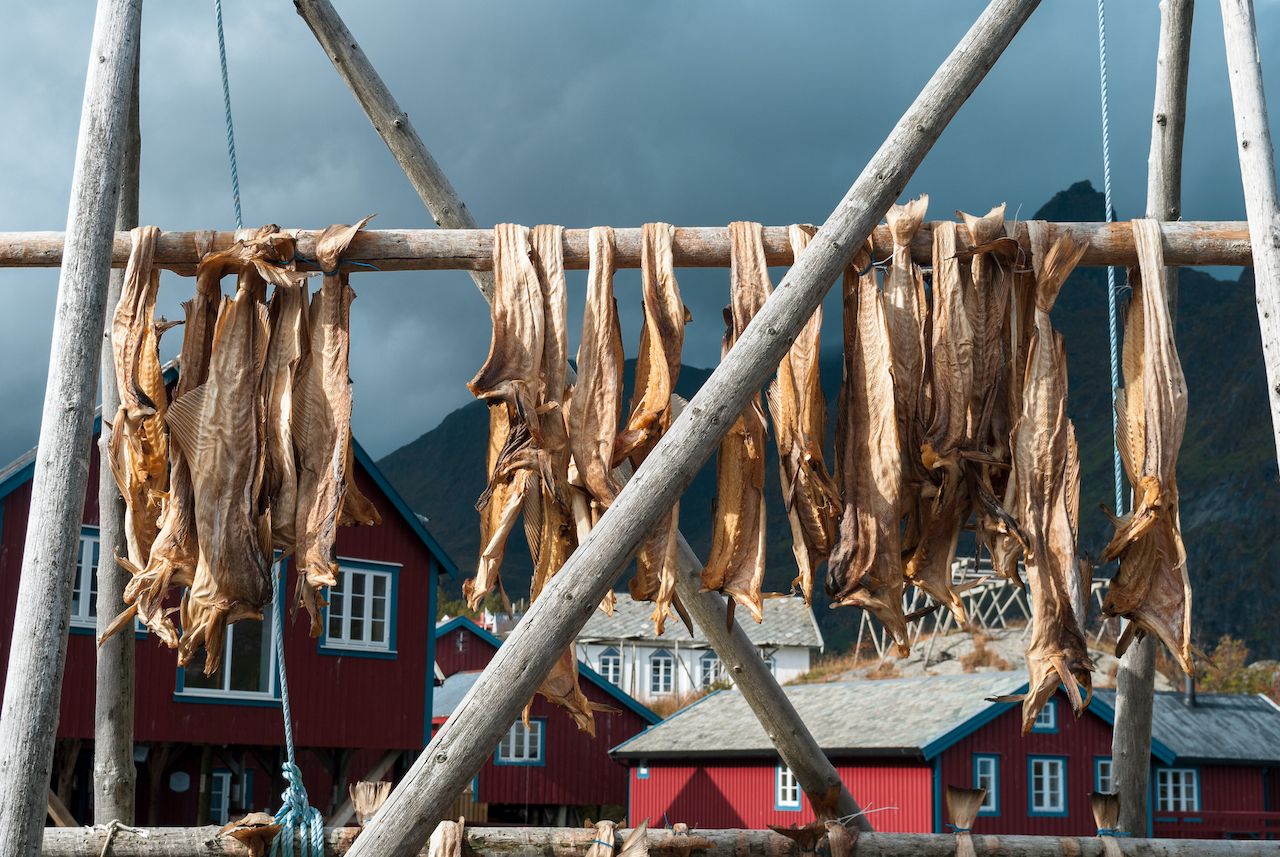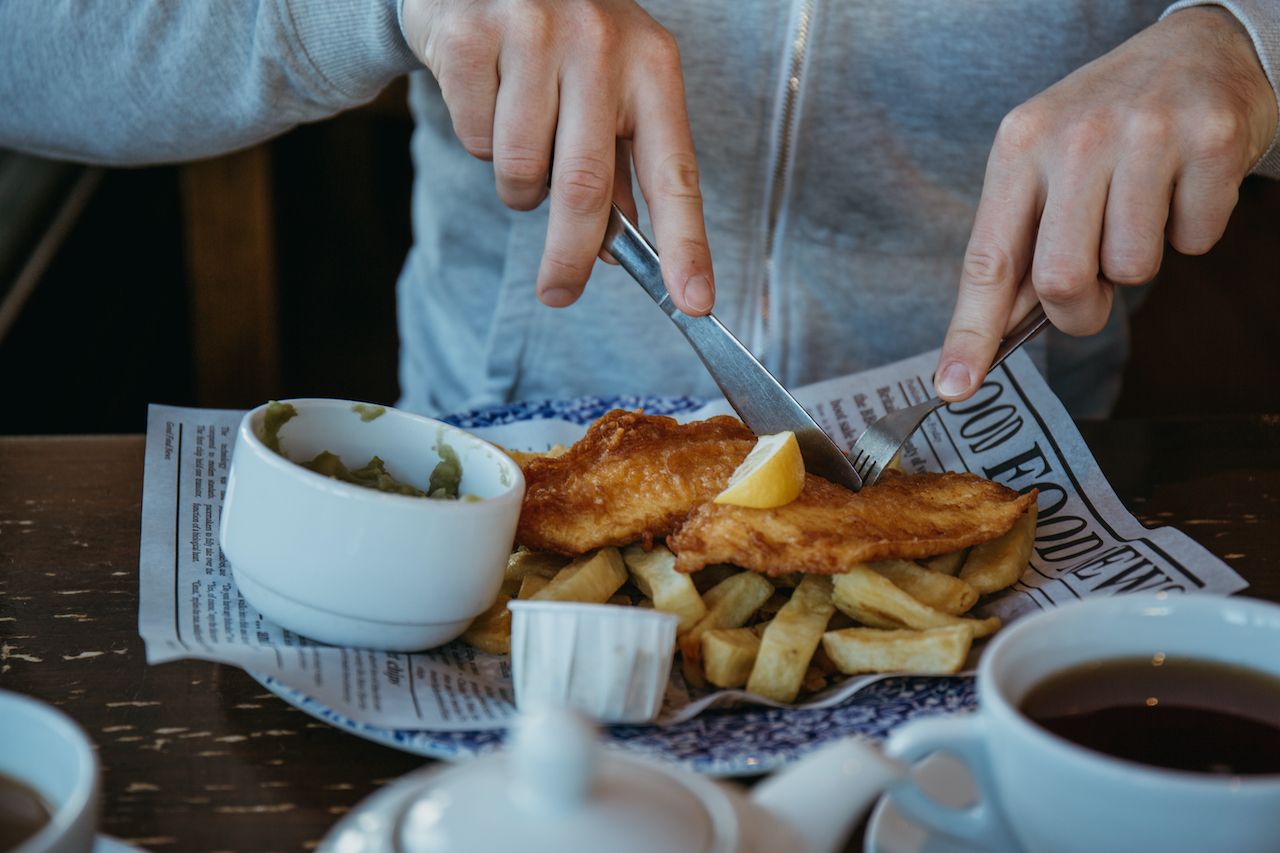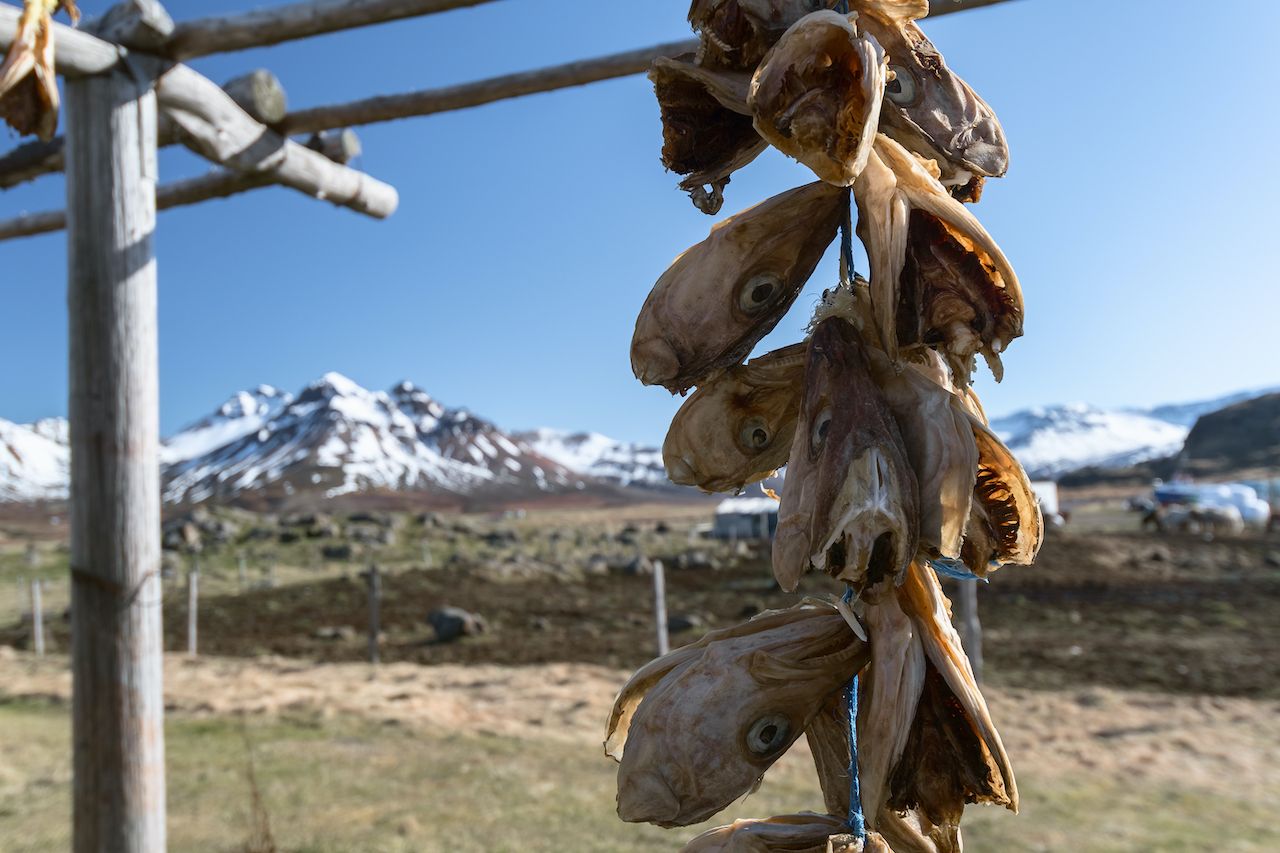The tale of how humans discovered cod begins a thousand years ago in the North Atlantic Ocean, where the warm current of the Gulf Stream brushes the northern currents, creating a nutrient-rich environment teeming with life. It is the tale of a species whose fecundity and resilience populated an ocean with fish that grew to be six-feet long and weigh two hundred pounds: the Atlantic cod, Gadus morhua, the common fish.
The Basque cloaked the cod in mysticism: It fed Europeans voyaging to foreign lands and the first English settlers in America; it provided sustenance to slaves on sugar plantations while enriching New England merchants. This is the tale of a fish whose spawning grounds, limited to the North Atlantic Ocean, yielded a product with global reach. From the barren coast of Newfoundland to the humid islands of the Caribbean to the lava fields of Iceland, this is the tale of cod told through seven recipes.







